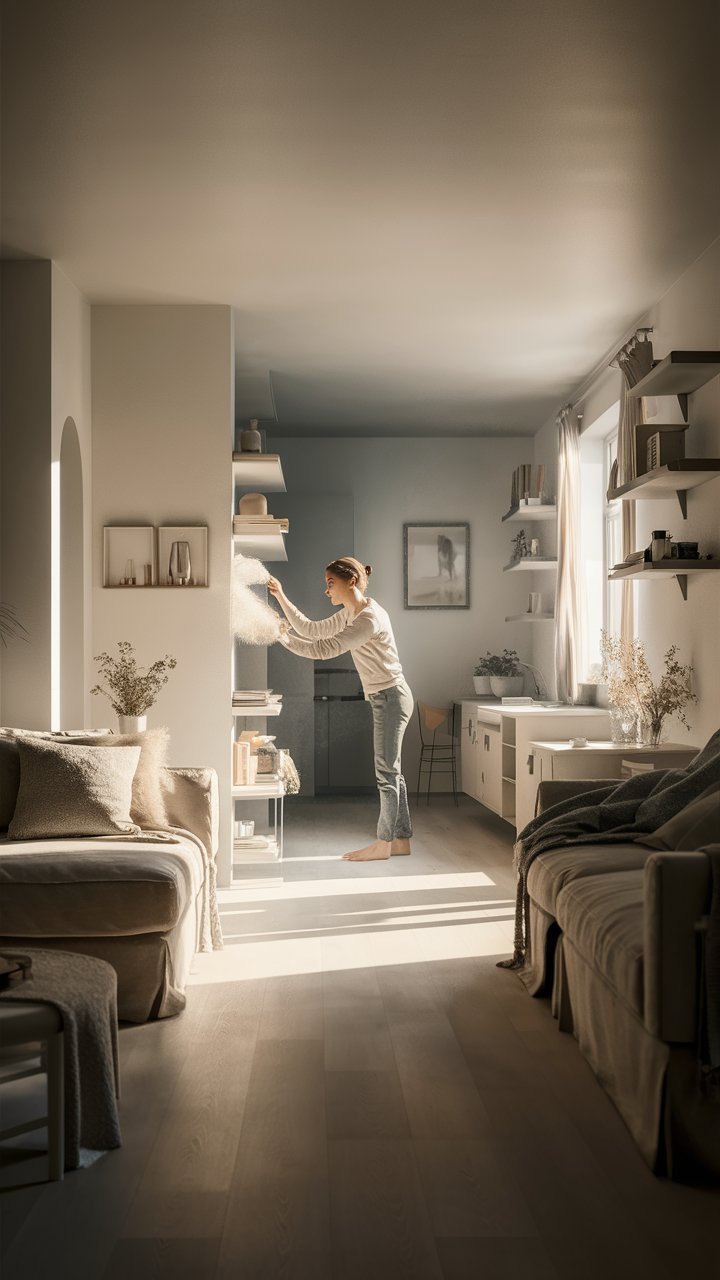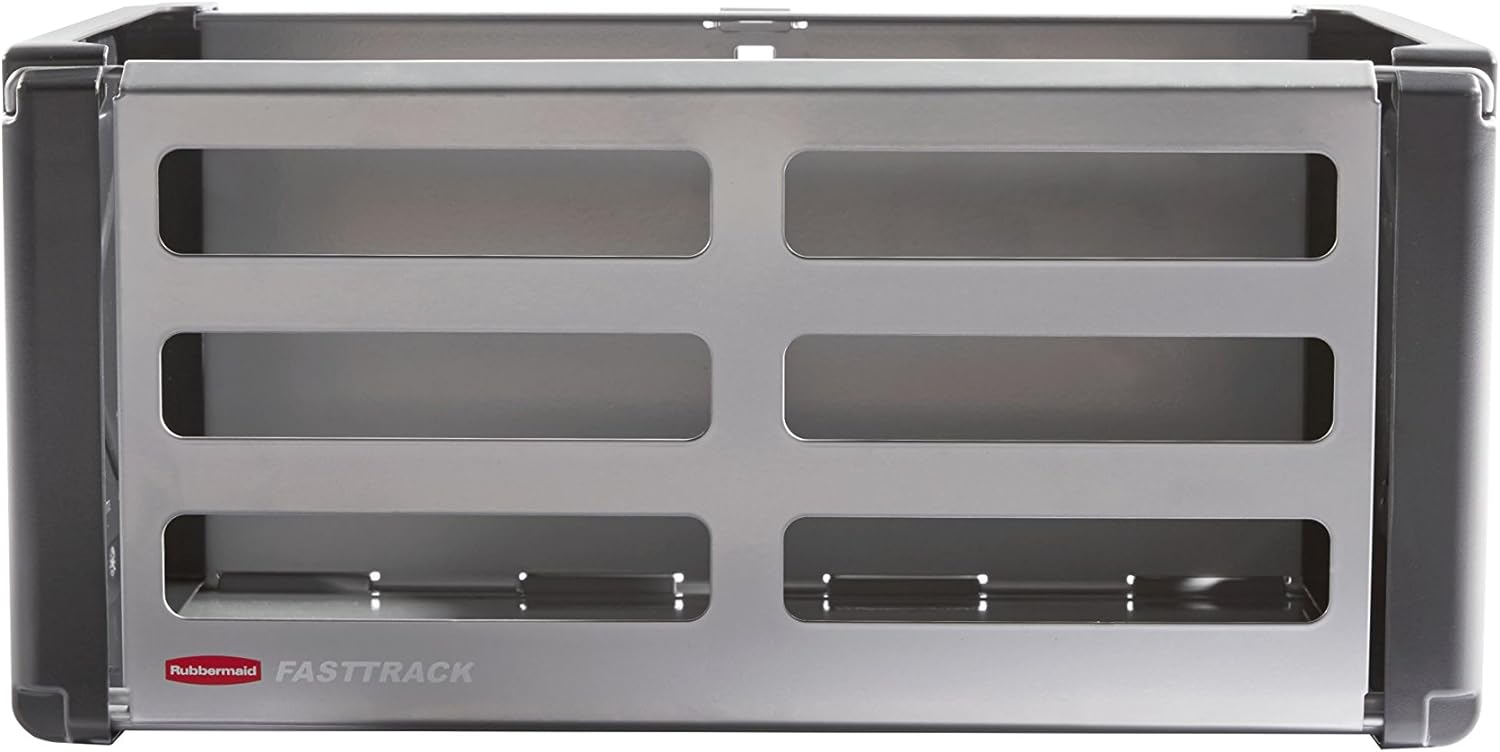Introduction
Hoarding can turn a home into a chaotic and overwhelming space. For those struggling with hoarding disorder, the idea of decluttering may seem impossible. However, with the right strategies and mindset, it’s possible to regain control of your living environment. This article provides 10 decluttering tips for hoarders, offering practical advice and methods to help you get started on your decluttering journey. By focusing on one room at a time and setting realistic goals, you can make the task more manageable and less intimidating.
From dealing with sentimental items to using a timer for efficiency, these tips are designed to make the process easier. Simple decluttering methods and consistent practices can help hoarders gradually transform their cluttered spaces into organized, functional homes. Additionally, support from friends, family, or professionals can be invaluable in maintaining a clutter-free environment. With patience and persistence, overcoming hoarding tendencies and achieving a tidy living space is within reach.
Key Takeaways
- Start decluttering by focusing on one room at a time to make the task more manageable.
- Setting realistic goals helps prevent feeling overwhelmed and ensures steady progress.
- Using a timer for short, focused sessions can boost efficiency during the decluttering process.
- Addressing sentimental items thoughtfully can help reduce emotional attachment while decluttering.
- Maximizing living space with clever storage solutions creates a more organized environment.
- Consistency and support systems are crucial for maintaining a clutter-free home over time.
10 Decluttering Tips for Hoarders

Hoarding can be overwhelming, but these 10 decluttering tips for hoarders can provide a clear path to a more organized home. Starting with simple decluttering methods, like recycling and getting rid of stuff you no longer need, and gradually addressing deeper issues can make the process more manageable. By focusing on one area at a time and using practical strategies, hoarders can make significant progress in creating a clutter-free environment. This guide for hoarders offers practical steps to help you get rid of things, maintain momentum, and ultimately transform your living space. Remember, it’s important to know that decluttering your home can improve your mental health condition and stop hoarding behaviors, leading to a healthier home and life.
Decluttering Tips for Hoarders
| Decluttering Tip | Benefits | Examples |
|---|---|---|
| Sorting Items | Reduces clutter, makes decisions easier | Use labeled boxes or bags for keep, donate, and discard piles |
| Focusing on One Room | Prevents feeling overwhelmed, provides a sense of accomplishment | Start with smaller rooms like the bathroom or closet |
| Using Timers | Keeps sessions manageable, prevents exhaustion | Set a 15-minute timer for decluttering sessions |
| Enlisting Help | Provides support and motivation, makes the process more enjoyable | Involve a trusted friend or family member |
| Understanding Emotional Attachments | Helps identify triggers, promotes emotional healing | Reflect on why certain items are kept |
| Setting Realistic Goals | Prevents discouragement, promotes steady progress | Set a goal to declutter one drawer per day |
| Breaking Down Tasks | Makes the process less daunting, easier to manage | Declutter one shelf or drawer at a time |
| Seeking Professional Help | Provides expert guidance, addresses mental health aspects | Consult a therapist specializing in hoarding disorders |
Simple Decluttering Methods
For hoarders, starting the decluttering process can be challenging. Simple decluttering methods like sorting items into keep, donate, and discard piles can make a significant difference. A helpful decluttering tip is to focus on one room at a time. This approach prevents feeling overwhelmed and makes the task more manageable. Timers can be useful to keep sessions short and focused, helping you stay on track without feeling exhausted. Additionally, enlisting the help of a friend or family member can provide the support needed to make decluttering easier.
Overcoming Hoarding Tendencies
Overcoming hoarding tendencies requires understanding the underlying reasons behind the behavior. It’s important to recognize that hoarding disorder is often linked to emotional attachments to possessions. To combat this, consider setting realistic goals and breaking down the decluttering tasks into smaller steps. Seeking professional help from a therapist or counselor can also be beneficial in addressing the mental health aspects of hoarding. By acknowledging and addressing these tendencies, hoarders can begin to make meaningful progress in their decluttering journey.
Creating a Decluttering Plan

Developing a decluttering plan is essential for hoarders to make sustainable progress. Setting clear, realistic goals helps break down the daunting task into manageable steps. By focusing on specific areas or tasks, hoarders can gradually transform their living space without feeling overwhelmed. The use of timers and other tools can keep the process efficient and focused. This section provides practical tips on how to set goals and use time management techniques to stay on track with decluttering efforts.
Effective Decluttering Plan for Hoarders
-
Set Clear and Realistic Goals: Break down the decluttering process into smaller, manageable steps. Focus on specific areas or rooms instead of trying to declutter the entire home at once. This approach reduces feelings of overwhelm and allows for steady progress.
-
Identify Specific Areas or Tasks: Prioritize areas that need immediate attention, such as the kitchen, living room, or bedroom. Make a list of specific tasks for each area, like organizing kitchen cabinets or sorting through bedroom closets.
-
Use a Timer to Boost Efficiency: Implement the Pomodoro Technique by setting a timer for 15-30 minutes and dedicating that time solely to decluttering. Work in short, focused bursts to maintain productivity without feeling exhausted.
-
Take Regular Breaks: Schedule short breaks between decluttering sessions to keep your energy levels high and your mind fresh. This helps prevent burnout and makes the process more sustainable.
-
Utilize Time Management Tools: Use tools like timers, calendars, and to-do lists to stay organized and on track. Apps like Trello or Todoist can help you manage tasks and set reminders for decluttering sessions.
-
Maintain Consistency: Consistency is key to successful decluttering. Set aside regular time slots each week for decluttering activities. Gradual improvement is more important than achieving perfection in a short time.
-
Track Your Progress: Keep a journal or take before-and-after photos to document your progress. Seeing the changes over time can be motivating and help you stay committed to your decluttering goals.
-
Stay Motivated: Reward yourself for completing tasks and reaching milestones. Celebrate small victories to keep your motivation high throughout the decluttering process.
-
Overcome Potential Challenges: Anticipate common obstacles, such as emotional attachment to items or difficulty making decisions. Seek support from friends, family, or professional organizers if needed.
Setting Realistic Goals
Creating a decluttering plan starts with setting realistic goals. Break down the overall task into smaller, manageable steps. Instead of aiming to declutter your entire home in a week, focus on specific areas or rooms. This method reduces the feeling of being overwhelmed and allows for steady progress. It’s also beneficial to set time limits for each decluttering session, ensuring you don’t burn out. Remember, the key is consistency and gradual improvement, not perfection.
Using a Timer for Efficiency
Using a timer can significantly boost efficiency during the decluttering process. Set a timer for 15-30 minutes and commit to decluttering without distractions during that period. This technique, known as the Pomodoro Technique, helps maintain focus and productivity. By working in short bursts, you can tackle clutter without feeling exhausted. Additionally, regular breaks between sessions can keep your energy levels high and your mind fresh, making the decluttering process more sustainable.
Practical Tips for Hoarders and Pack Rats

For hoarders and pack rats, practical tips can make a significant difference in the decluttering process. Addressing sentimental items, maximizing living space, and using effective strategies can help manage and reduce clutter. This section provides actionable advice to help hoarders create a more organized and functional home environment.
Dealing with Sentimental Items
One of the biggest challenges for hoarders is dealing with sentimental items. It’s essential to recognize the emotional attachment and decide on a few cherished items to keep, while letting go of the rest. Taking photos of sentimental items before parting with them can help preserve memories without occupying physical space. This approach helps in decluttering while still honoring the significance of personal possessions.
Maximizing Living Space
Maximizing living space involves using clever storage solutions and organizing techniques. Utilize vertical storage options like shelves and hooks to free up floor space. Consider multifunctional furniture that provides additional storage. Decluttering one drawer at a time can also help manage the process without feeling overwhelmed. By organizing and using available space efficiently, you can create a more spacious and comfortable living environment.
“Have nothing in your houses that you do not know to be useful or believe to be beautiful.” – William Morris
Maintaining a Clutter-Free Home

Maintaining a clutter-free home requires ongoing effort and consistent practices. Establishing regular decluttering routines and seeking support can ensure that the home remains organized over time. This section provides tips on how to sustain a clutter-free environment and where to find resources for continuous support.
Consistent Decluttering Practices
Consistency is key to maintaining a clutter-free home. Set aside time each week to declutter and organize. Incorporate small daily habits, such as putting items back in their designated places and not bringing unnecessary items into the home. These simple decluttering tips for hoarders help in preventing the accumulation of excessive clutter and keep the living space manageable and organized.
Support Systems and Resources
Having a support system is crucial for hoarders. Friends, family members, or professional organizers can provide the encouragement and assistance needed to stay on track. Additionally, many online communities and support groups offer valuable resources and tips for hoarders. Seeking professional help, such as therapy, can also address underlying issues related to hoarding disorder, making it easier to maintain a clutter-free home.
- Garage Organization Bin
- Sports Equipment
- Gardening Supplies
- Household Item Storage
Conclusion
Successfully managing and overcoming hoarding tendencies requires a structured approach and a supportive environment. By following the 10 decluttering tips for hoarders outlined in this guide, individuals can begin to see significant improvements in their living spaces. Setting realistic goals and using practical methods, such as focusing on one room at a time and employing timers for efficiency, makes the decluttering process more manageable and less overwhelming. Addressing sentimental items thoughtfully and maximizing living space through smart storage solutions contribute to a more organized home.
Consistent decluttering practices and seeking support from friends, family, or professionals are essential for maintaining a clutter-free environment. With dedication and persistence, hoarders can transform their homes into functional and comfortable spaces, improving their overall quality of life. The journey may be challenging, but the benefits of a tidy, organized home are well worth the effort. By taking small, consistent steps, anyone can achieve a clutter-free life and enjoy the peace and clarity that comes with it.

James Dunnington leads the James Dunnington Collection, featuring five unique blogs: a practical Pet Care Guide, an enlightening Ancient History Blog, a resourceful Home Improvement Guide, a cutting-edge Tech Innovation Guide, and a strategic Online Money Making platform. Each site delivers valuable insights designed to empower and inform. For updates and more tips, visit our Contact Us page to sign up for our newsletter, ensuring you never miss out on the latest content from any of these dynamic fields.

